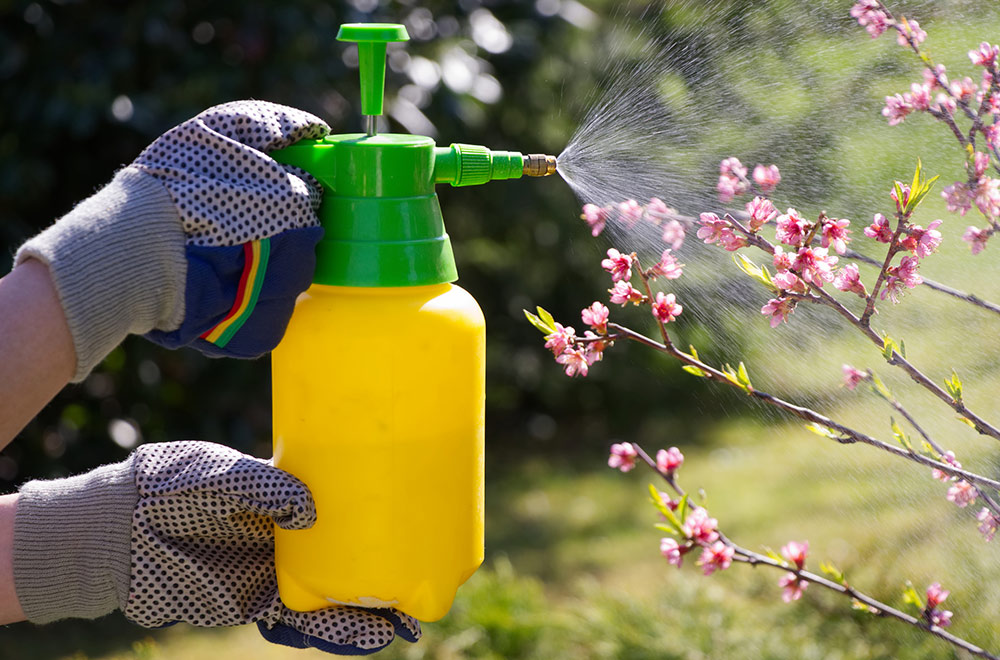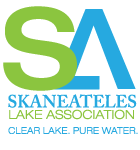ALERT: Harmful Algal Blooms (HABs) have been observed in the south eastern end of the lake. LEARN MORE
ALERT: Harmful Algal Blooms (HABs) have been observed in the south eastern end of the lake. LEARN MORE
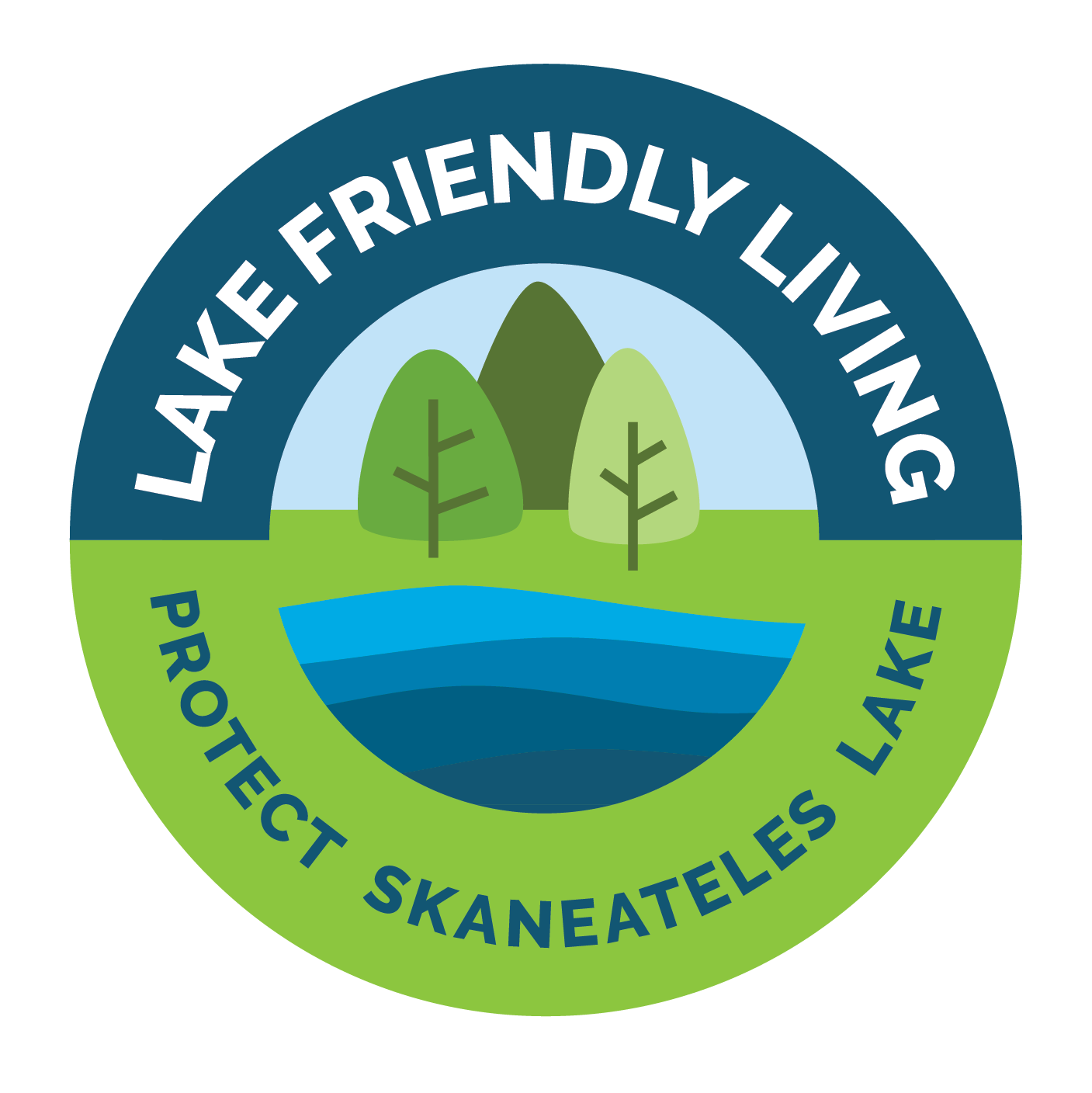
The negative consequences on the lake caused by traditional turf grass lawns — due primarily to fertilizer usage and organic waste runoff — is becoming increasingly clear. A shift away from grass to native plantings is the right move for the lake ecosystem. For properties maintaining lawns, however, steps should be taken to reduce runoff impacts.
Water less: Water as little as possible, or not at all. Saturated ground amplifies storm runoff. Many grasses go dormant in summer. That’s normal and okay. The grass will start growing again when the rains come.
Mow smart: Experts recommend setting mower height at three inches and don’t remove more than a third of the grass height at a time. Use a mulching mower to leave the grass clippings on the lawn.
Mow later: Delaying your first mowing of the spring by a few weeks will help bees and other pollinators thrive.
Aerate: Aeration allows the soil to breathe, promotes better absorption of water, and encourages healthy turf growth. It’s most beneficial in the fall.
Minimize: Replacing sections of grass with native plantings minimizes runoff, attracts pollinators, and can save you time and money on lawn care.
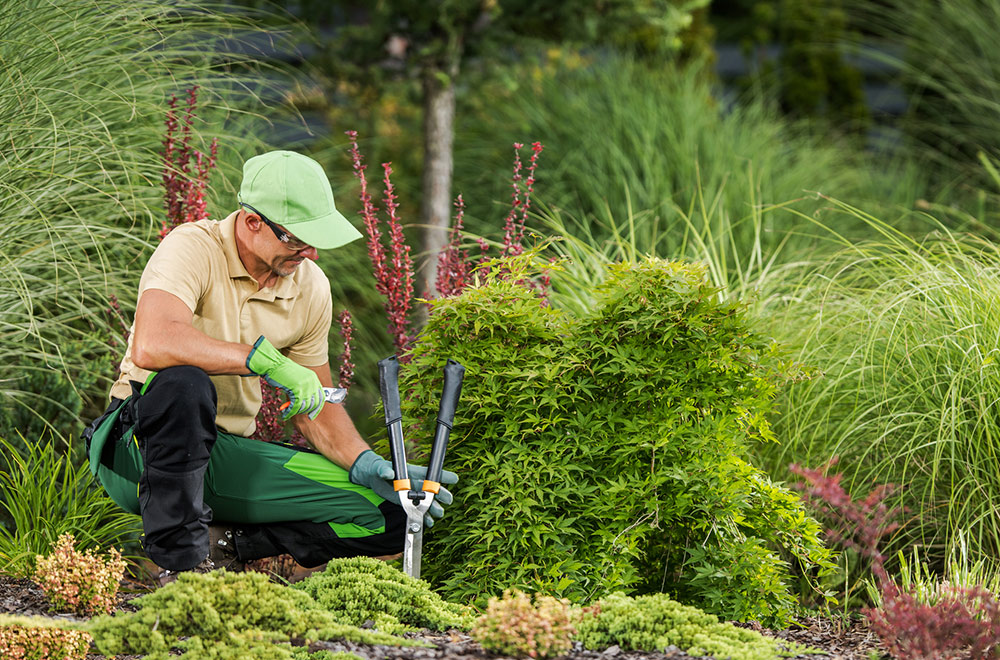
Reducing or eliminating grass lawns has many benefits for the lake and environment as a whole. In addition to being beautiful, native trees, shrubs, bushes, and wildflower meadows are ideal for slowing and filtering runoff. They also offer shade, attract pollinators, and provide a habitat for birds, all without the need for fertilizers, chemical applications, mulch, or mowing.
Deep impact: While lawn grass roots reach about an inch into the soil, most native plants send roots deep into the earth. Longer, stronger roots mean better erosion control and enhanced filtration of runoff.
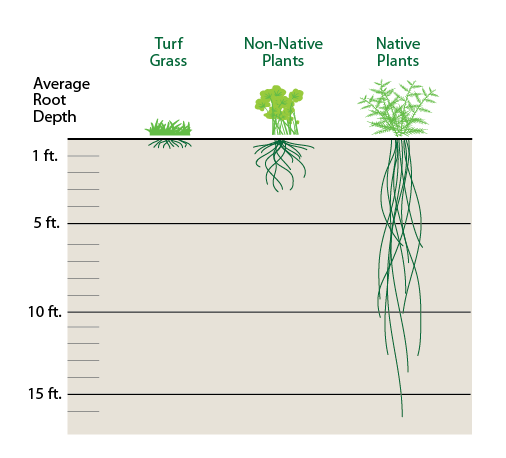
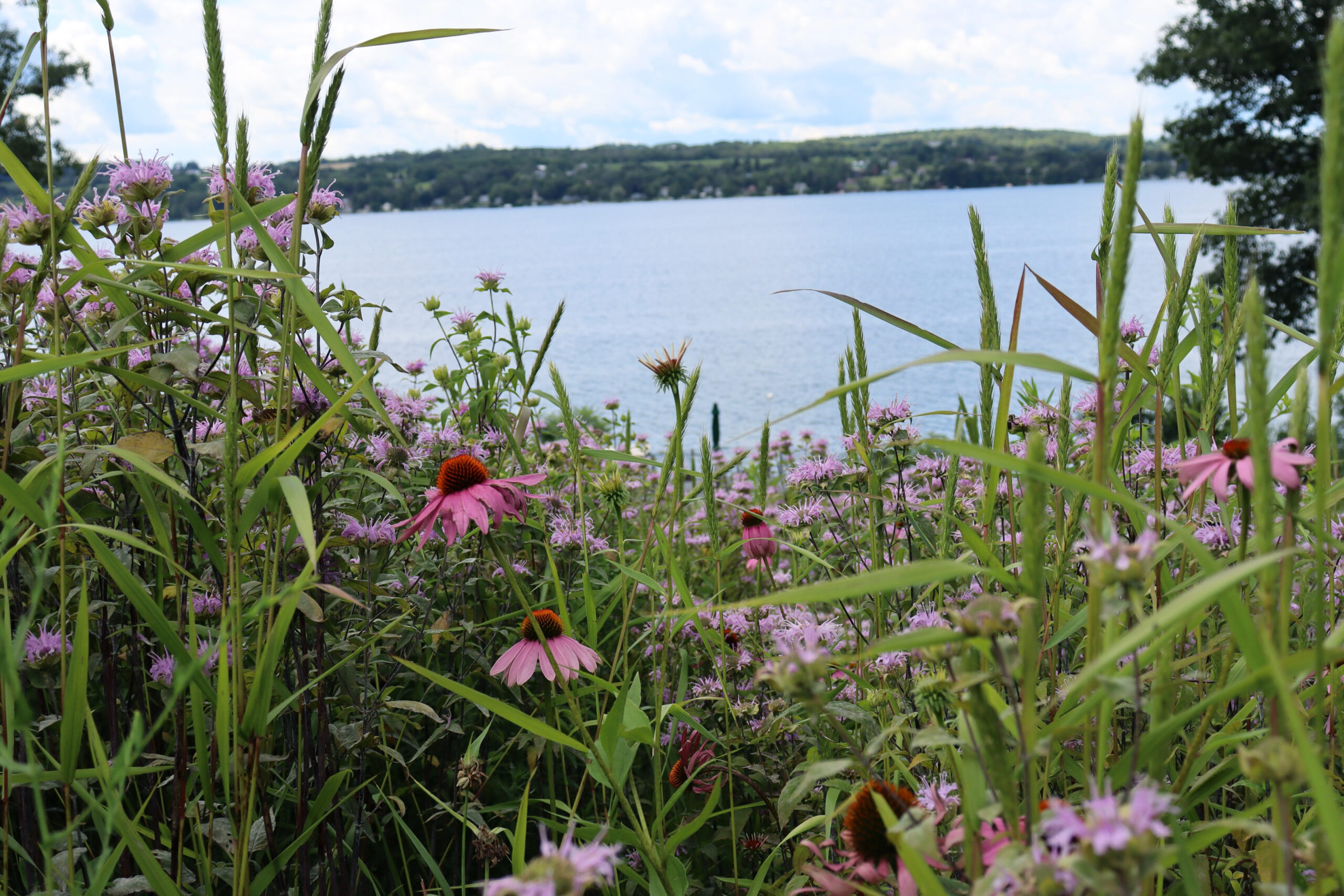
Are you building a home, or landscaping your yard or shoreline? Your design can dramatically affect the volume of runoff to the lake. Plan carefully to stay lake friendly.
Think permeable: Seek out alternatives to extensive areas of hard, non-porous surfaces like concrete and stone. Permeable surfaces like crushed stone allow absorption and filtering of runoff.
Block erosion: Use silt fences or other barriers to prevent rains from carrying soil or debris into the lake or tributaries.
Know the rules: Work with your local Planning Board and Code Enforcement Office to be sure your work can be completed in a way that gives you the results you want and protects the lake.
A well-maintained yard produces a significant amount of organic waste – from grass clippings and leaves to weeds and shrub trimmings. As it decays, this waste releases nutrients, which, if allowed to reach the lake, foster algae growth and reduce water clarity. Diverting yard waste away from the lake is a crucial step for lake health.
Compost: Composting at home turns yard trimmings, leaves, food residuals, and other organic waste into fertile topsoil.
Mulch: Rake up leaves and mulch them finely into your lawn. It’s free fertilizer!
Haul it away: Town of Skaneateles residents can dispose of yard waste at the transfer station composting operation.
Prepare for pickup: If you live in the Village of Skaneateles where there is leaf pickup, do not rake or blow leaves so close to the curb that they will end up
in the street or storm sewer that drains into the lake.
Collect pet waste: Pet waste is a pollutant. Dispose of it in the trash, not in your garden or compost pile.
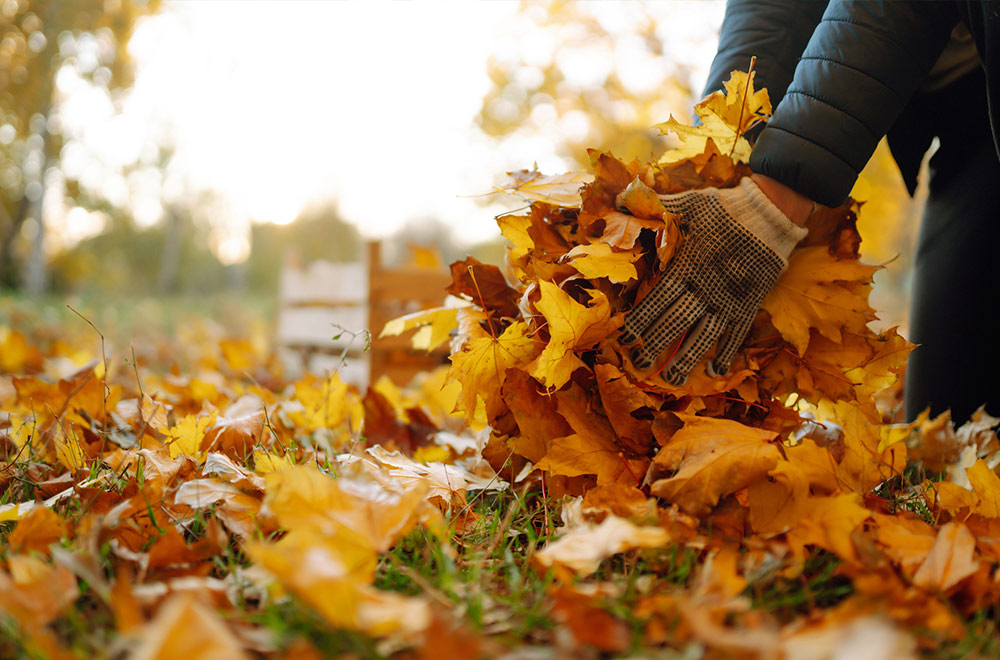
Walk your property during a heavy rain and learn where small temporary streams form. These are the areas that need your attention to reduce the flow of fertilizers, soil, yard waste, and other contaminants into the lake. Also, redirecting downspouts to a landscaped area can help reduce runoff.
A rain garden allows runoff to pool and soak into the ground rather than continuing to race downhill.
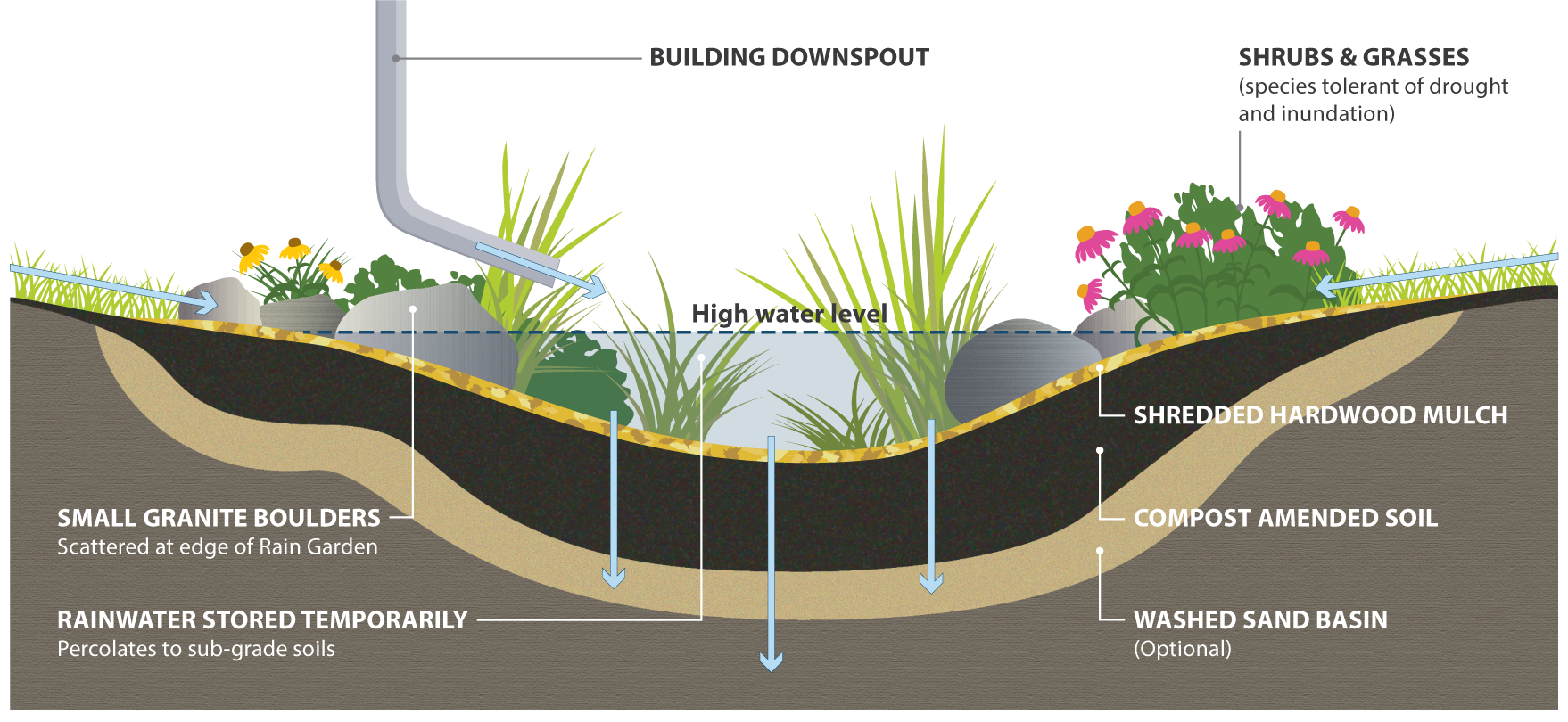
Image courtesy of Toronto and Region Conservation Authority (TRCA)
Phosphorus and nitrogen are natural elements necessary for plant growth and can be found in fertilizers. However, just as they stimulate plant growth around your home, they also flow into our lake and stimulate the growth of harmful algal blooms and aquatic invasive species.
The subsequent excessive growth of algae and aquatic plants can clog water intakes, deplete dissolved oxygen that fish need, and block light to deeper waters—all threats to our lake’s water quality and ecosystem
Skip the chemicals: Do not use fertilizer or lawn chemicals unless absolutely necessary. If in doubt, test your soil for nutrient levels. Many soils already have more than enough phosphorus for a healthy lawn. More phosphorous won’t necessarily help your lawn, but it will hurt the lake.
Buy carefully: Select organic or non-phosphorus fertilizer and limit the use of “starter” fertilizer to one initial application.
Choose wisely: Request your lawn care provider to use phosphorous-free fertilizer, especially within 20 feet of the lake.
Sweep, don’t hose: Sweep up and safely dispose of any fertilizer that spills on your driveway or other impervious surface.
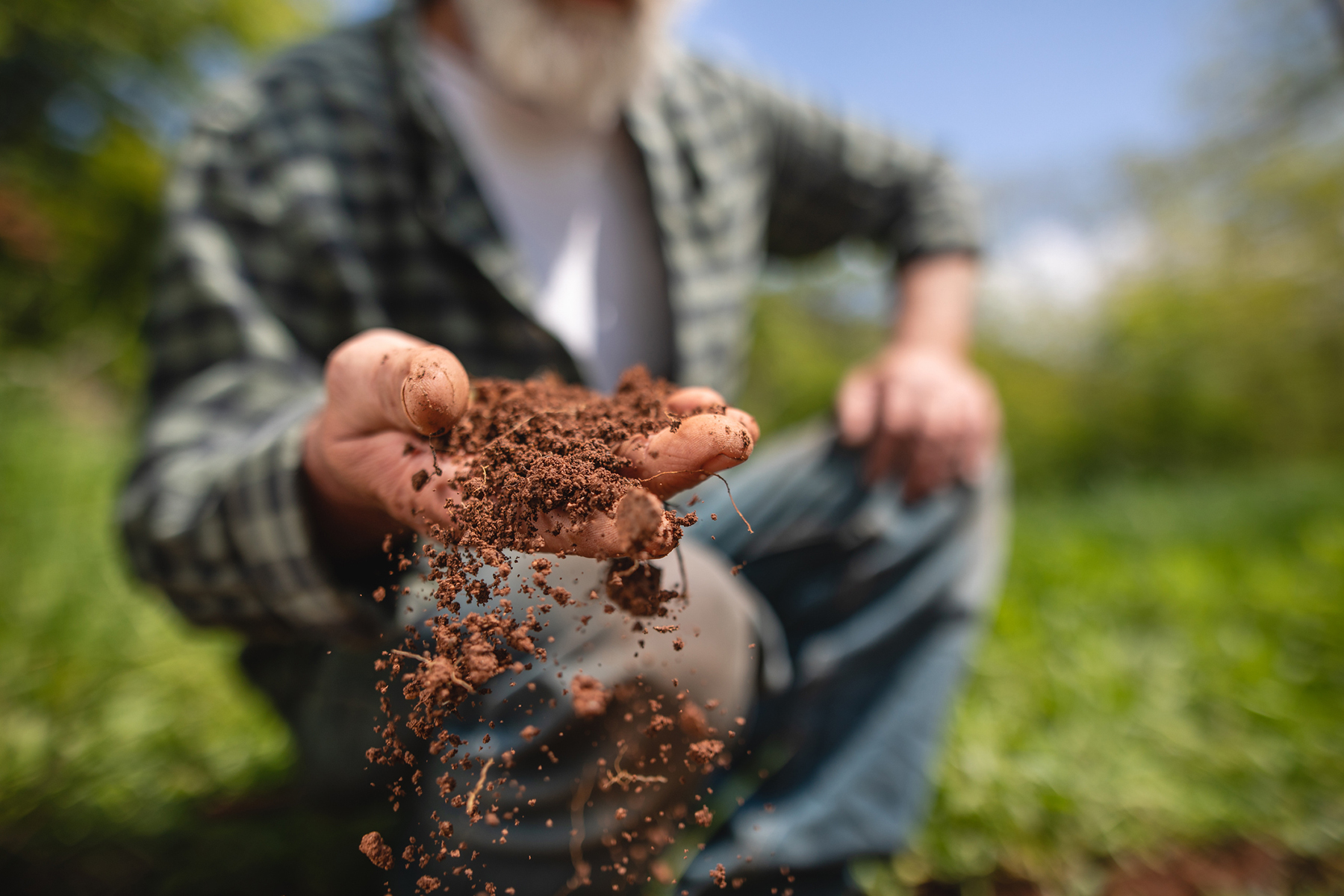
Lawn and garden chemicals should be your last resort for handling nuisance plants, insects, and animals. Nearly every pesticide and herbicide carries an environmental warning about toxicity to wildlife, fish, and other aquatic animals. Know your alternatives.
Dense, healthy grass will naturally defend against many pests and weeds. Natural predators like ladybugs, toads, lacewings, or eastern garter snakes can take care of pests. Use natural products like mulch instead of chemicals to prevent weeds.
Avoid runoff areas: If you must use a pesticide, never apply near the lake, streams, storm drains, wells, or wetlands.
Target the source: Apply only on the areas where insect infestation is the heaviest.
Be selective: Do not use frequent widespread application as a preventive measure. Consider
natural alternatives.
*Lawn content adapted from the Cayuga Lake Watershed Network publication, Smart Steps for Clean Water and other sources.
